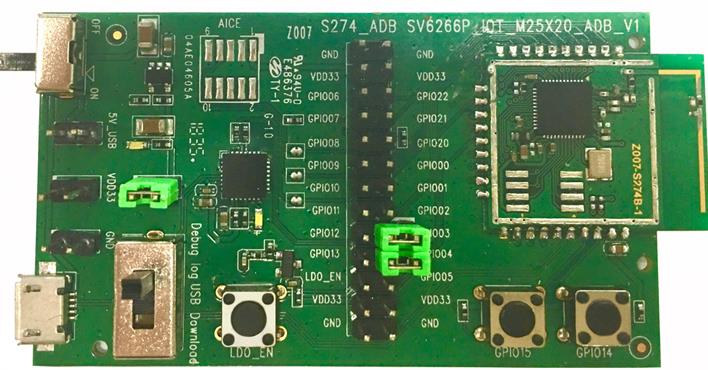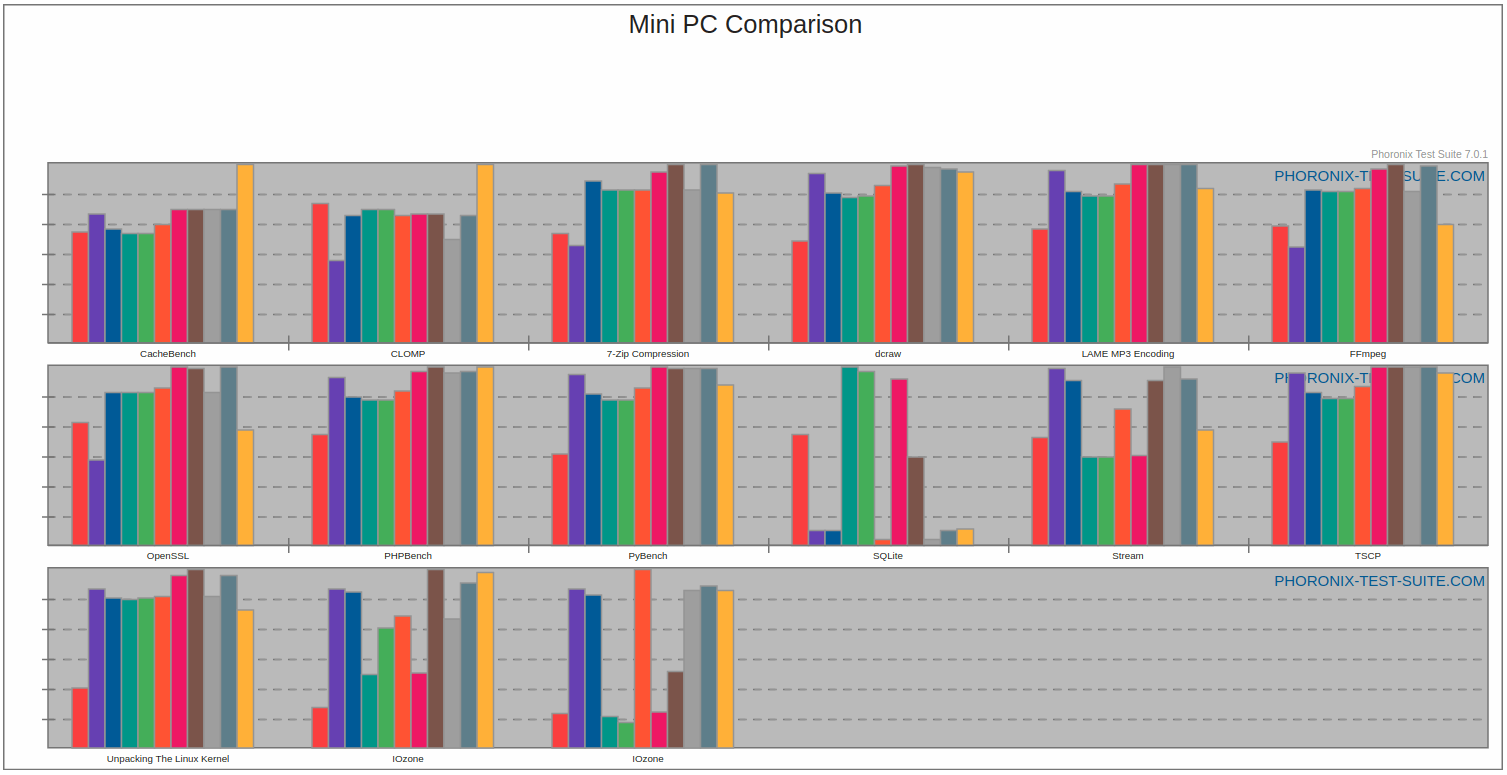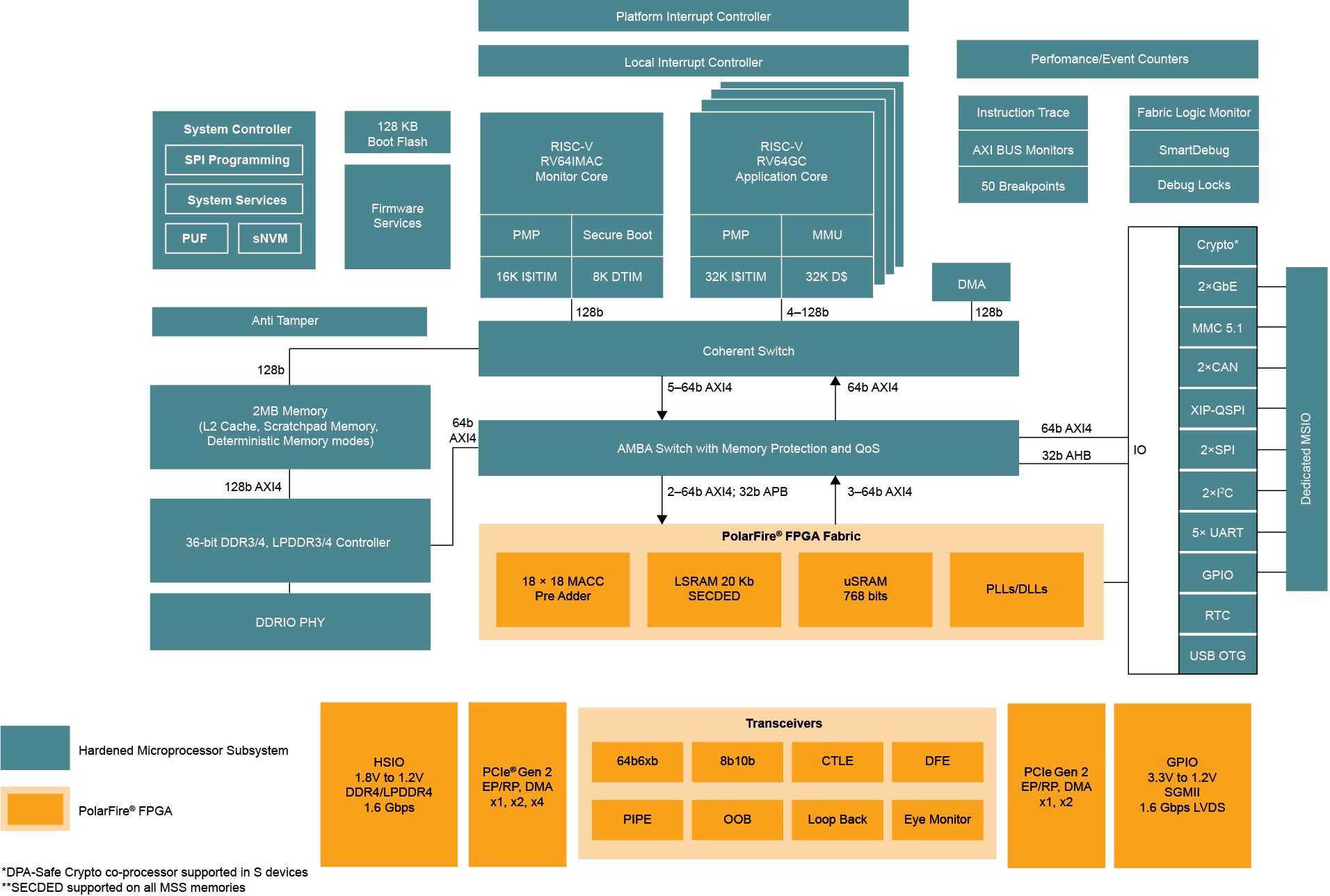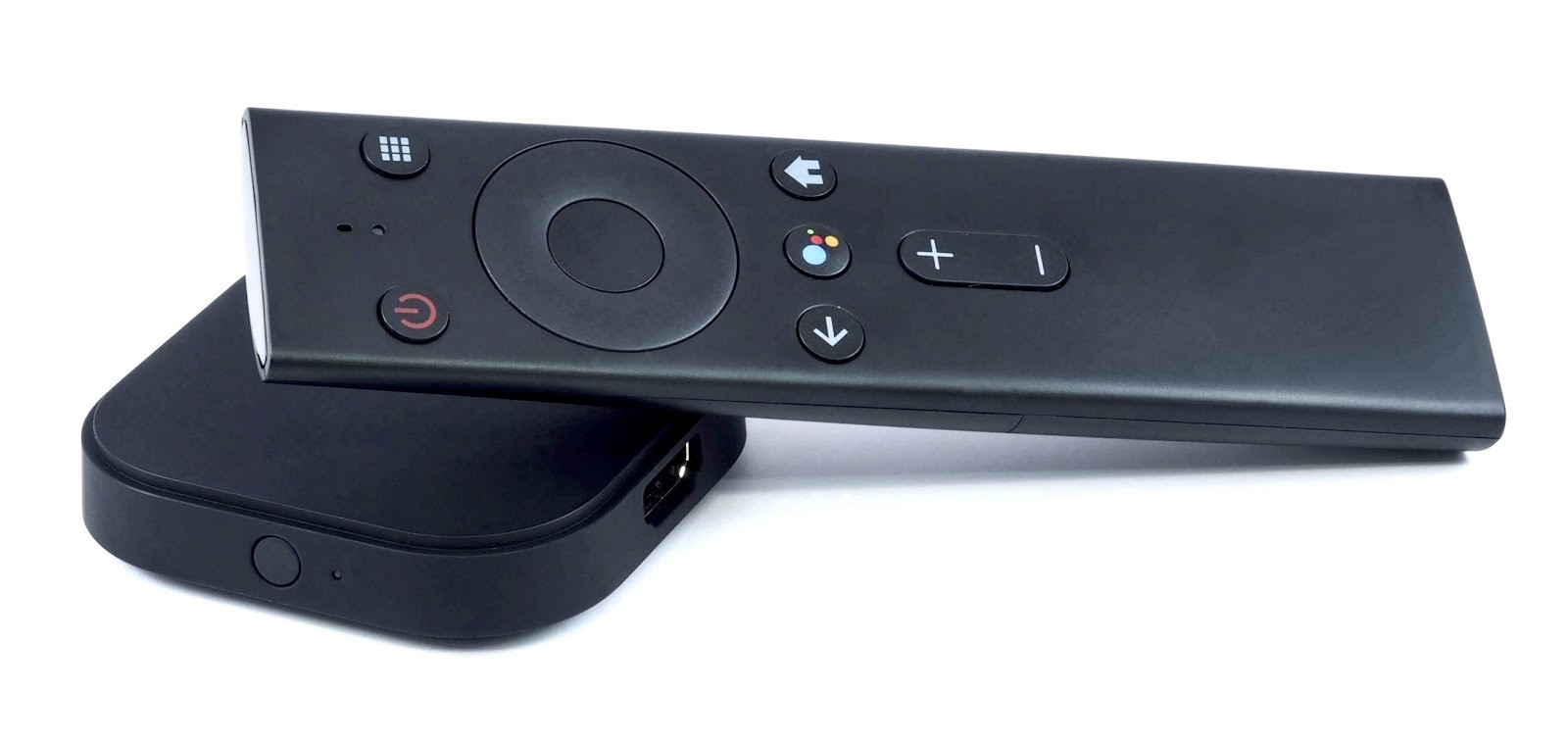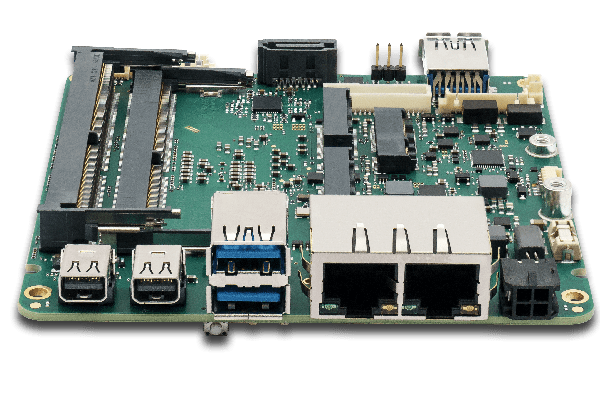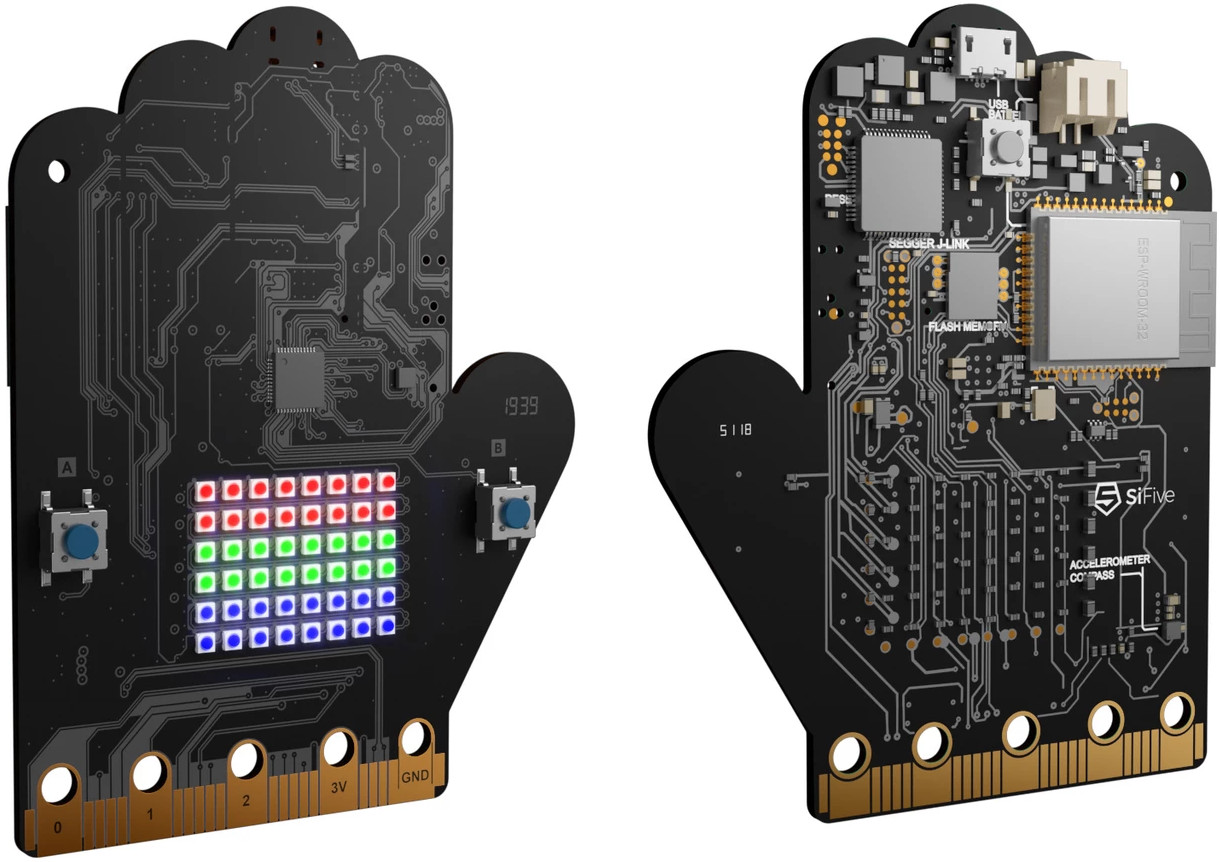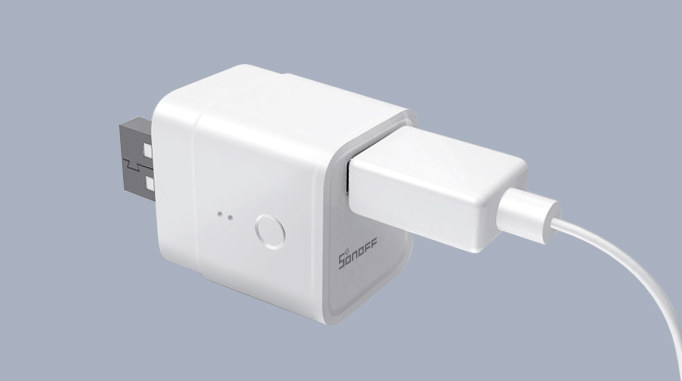The other day I wrote about Sonoff Micro WiFi USB Smart adapter featuring a CKW04 WiFi chip, but one person suspected it may be based on iCommSemi SV6166F chip with very similar features and the same 6x6mm form factor. It’s still unclear whether that’s the chip used in Sonoff Micro, but AFAICR I never heard about iCommSemi previously, so let’s have a look at SV6166F in particular. The SV6166F is a low-power single-chip device designed for integration into the Internet of Thing and embedded systems with support for 802.11b/g/n WiFi at 2.4 GHz. SV6166F highlights: MCU – Andes Technology N10 processor with ILM/DLM and I-cache. Memory & Storage 128K ROM and 192 KB SRAM for Instruction and data SRAM in total 8K retention SRAM 2MB (16 Mbit) SPI flash in package Flash and PSRAM controller up to 16MB/64Mb with XIP WiFi Connectivity 802.11b, 11g, and 802.11n 1T1R AP/STA mode – […]
A Look at Ubuntu on MINIX NEO G41V-4 and J50C-4 Mini PCs
MINIX Technology Limited recently released two new Gemini Lake mini PCs running Windows 10 Pro namely the MINIX NEO J50C-4 actively-cooled mini PC with an Intel Pentium Silver J5005 processor and the MINIX NEO G41V-4 fanless mini PC powered by an Intel Celeron N4100 processor. Whilst each mini PC comes with 64GB of eMMC with pre-installed Windows 10 Pro together with 4GB of RAM they also support the addition of an optional 2280 M.2 drive and the MINIX NEO J50C-4 allows optional memory upgrades. Prior to testing their performance under Ubuntu, I established a comparison baseline by updating Windows to version 1903 and then running my standard set of benchmarking tools first with the default configuration of each mini PC and then repeated having installed the official MINIX 2280 M.2 240GB drives for each device together with adding an extra 4GB RAM to the MINIX NEO J50C-4. The results can […]
RISC-V based PolarFire SoC FPGA and Devkit Coming in Q3 2020
Microsemi unveiled PolarFire FPGA + RISC-V SoC about one year ago, but at the time, development was done on a $3,000 platform with SiFive U54 powered HiFive Unleashed board combined with an FPGA add-on board from Microsemi. I’ve now been informed that Microchip has announced its Linux-capable PolarFire FPGA+RISC-V SoC would start shipping in Q3 2020 at the RISC-V summit and that a development kit will be sold for a few hundred dollars. PolarFire SoC FPGA PolarFire SoC FPGA key features and specifications: Mid-Range FPGA optimized for Low Power High-speed serial connectivity with built-in multi-gigabit/multi-protocol transceivers from 250 Mbps to 12.7 Gbps Up to 461k logic elements consisting of a 4-input Look-Up Table (LUT) with a fracture-able D-type flip-flop Up to 31.6 Mb of RAM Power optimized transceivers Up to 1420 18 × 18 multiply-accumulate blocks with hardened pre-adders Integrated dual PCIe for up to ×4 Gen 2 Endpoint […]
Intel Roadmap 2019-2029 – 1.4 nm Processors Expected within 10 Years
A roadmap from a slide by ASML presented at the IEDM conference recently shared on Anandtech shows Intel Roadmap for the next ten years with 7nm manufacturing process expected in 2021, 5nm in 2023, 3nm in 2025, 2nm in 2027, and 1.4nm in 2029. Intel did however contact Anandtech to explain the slide from ASML is a modified version of the Intel slide shown below that does not show actual process nodes, only the dates. I suppose Intel does not want to make any commitments seeing how their 10nm technology suffered delays after delays, and in any case the actual dimensions of the process may vary by that time frame depending on difficulties or new discoveries made. Both slides mention +, ++, and backport opportunities for all new processes. + and ++ are just iterative improvements for the current process, while back- porting is the option to port a process […]
Google ADT-3 is a Developer-Focused TV Box for Android TV on Android 10
Back in 2014, Google killed Google TV and announced Android TV, and as a result, introduced ADT-1, the first developer kit specifically designed for Android TV. Since then ADT-2 was introduced in 2018 in an HDMI stick form factor, and now the company has announced the launch of Android TV on Android 10 together with ADT-3 devkit targetting Android TV app development for Android 10. The “developer kit” just looks like a standard TV box, although It’s really tiny and comes with what looks like a voice remote control. Google did not provide the full specifications, but ADT-3 is equipped with a quad-core Cortex A53 processor coupled with 2GB DDR3 memory, and supports 4Kp60 HDR video playback and output via an HDMI 2.1 output port. That probably means the box is powered by an Amlogic S905X2 processor since few other TV box SoCs combine 4x A53 cores with HDMI 2.1. […]
EEPD Launches AMD Ryzen Embedded NUC Boards & Mini PCs
EEPD SBC Profive follows embedded NUC Standard Electronic Equipment Production and Distribution, also known as EEPD, has just released its latest Embedded SBCs based on the AMD Ryzen Embedded R1000 and V1000 platforms. Respectively they are the SBC Profive NUCR and NUCR both designed for industrial uses. The NUCv has 4 variants with 2 different V1000 series CPUs to choose from, while the NUCR has two R1000 variants. eNUC and Integrated Graphics All variations and types of SBCs and BoxPCs use the embedded NUC standard utilizing the AMD Ryzen embedded platform and series with Radeon Vega Graphics integrated into the system. SBC Profive NUCR specifications AMD Series R1000 Processors – R1606G / R1505G Integrated GPU – AMD Radeon Vega 3 Graphics Up to 32 GB dual-channel DDR4 memory 2x Gigabit Ethernet ports (Intel I210 with IEEE1588) 1x MicroSD card slot 3x M.2 Type B, Type E, Type M sockets M.2 SATA […]
SiFive Learn Inventor is a Wireless RISC-V Development Kit Inspired by BBC Micro:bit
SiFive Learn Inventor is a RISC-V educational board partially inspired by BBC Micro:bit board with the same crocodile clip-friendly edge connector, and an LED matrix. The board is also fully qualified to work with the Amazon FreeRTOS real-time operating system. Shaped in the form of a hand, the board features SiFive FE310 RISC-V processor found in the SiFive HiFive1 board, as well as ESP-WROOM-32 WiFi + Bluetooth module. SiFive Learn Inventor specifications: SoC – SiFive FE310-G003 32-bit RISC-V (RV32IMAFC) processor @ 150 MHz with 64KB of internal SRAM Storage – 512 KB flash “Display” – 6×8 “widescreen” array of RGB LEDs with 262,000 colors each; LEDs can expand off-board onto external arrays via the edge connector Wireless Connectivity – 802.11b/g/n WiFi 4 (2.4GHz) and Bluetooth 4.2 LE via an ESP32 module (ESP-WROOM-32) USB – 1x Micro USB port for power and programming/debugging Expansion A/D Converters (four) accessed via on-board coprocessor […]
Sonoff Micro WiFi Smart USB Adapter Sells for $5
ITEAD Studio Sonoff family of WiFi-powered home automation devices is convenient to use with voice commands or mobile apps, and for those who want to more control over what runs in their network, Sonff devices are usually compatible with open-source firmware such as Sonoff-Tasmota. We’ve very recently written about Sonoff D1 smart dimmer switch, but the company also launched Sonoff Micro WiFi smart USB adapter that allows you to control USB powered devices. Sonoff Micro specifications: Power Input – 5V/2.5A USB type-A male Output – 5V/2.5A USB type-A female; BC 1.2 charging, max 1A output for charging Connectivity – 802.11 b/g/n WiFi 4 @ 2.4 GHz Misc – Power and WiFi LED’s, switch button Dimensions – 45 x 30.5 x 26 mm (PC V0 flame-retardant material) Weight – 17 grams Certifications – CE, FCC There’s no integrated power supply, so Sonoff Micro targets specifically USB power devices such as USB […]


